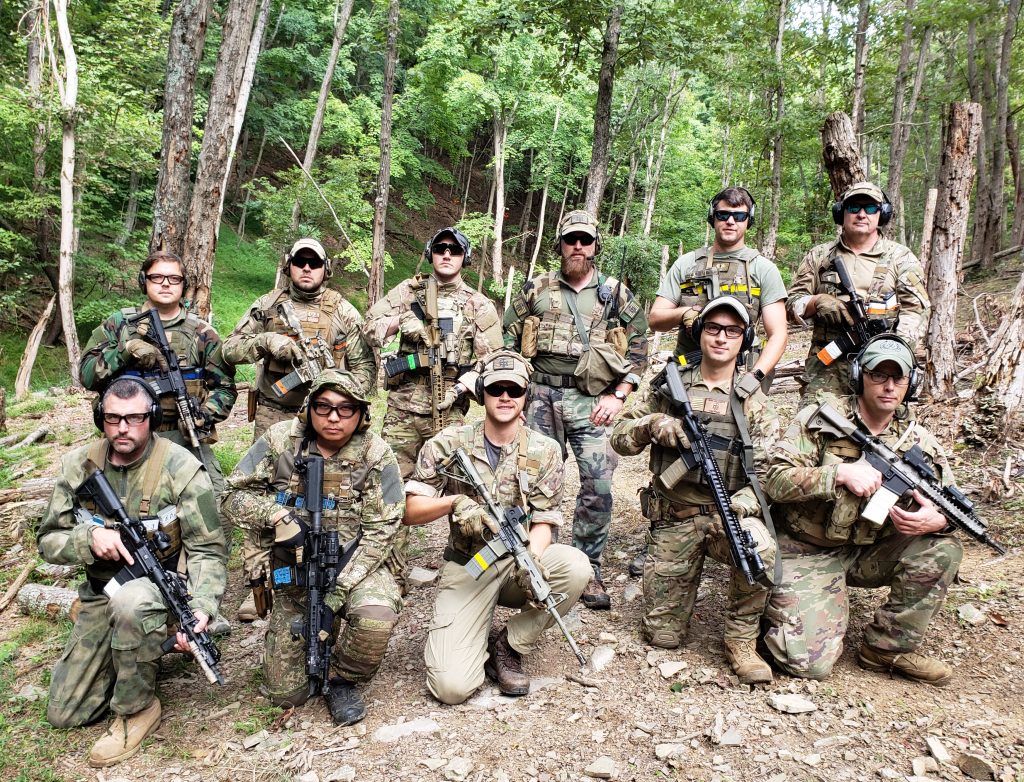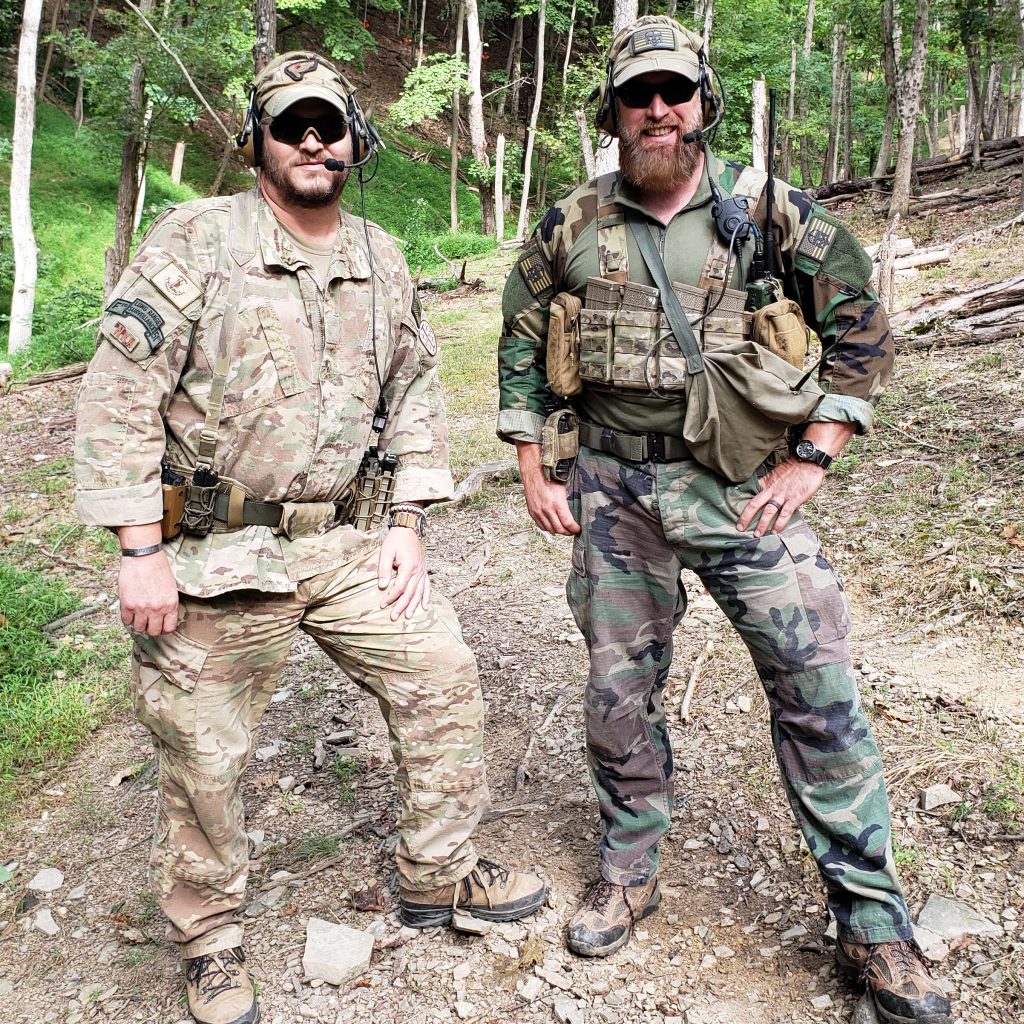Review: HEAT 2 Combat Patrol

I recently had the pleasure of taking the Heat 2 Combat Patrol course at Max Velocity Tactical from August 22nd-25th. This was my third course at MVT, having taken Heat 1 and CQB prior. The student body was comprised of a great group of guys as always, with backgrounds ranging from active / retired military, police officers, and responsible civilians. Everyone brought positive attitudes and a willingness to learn to work together rather than as individuals.
The skills learned in Heat 1 Team Tactics began to click right away in the beginning of Heat 2 Combat Patrol. All students being graduates of Heat 1 meant they worked together smoothly and efficiently right from the start. The course has been constantly refined over time at MVT and it truly feels like an exceptionally well put together four days of instruction. It is worth mentioning that Max and Scott maintained an absolute focus on safety throughout the entirety of the course. I can confidently say that at no point was I concerned for my safety or anyone else’s.
Each training day began with a segment on the theory related to subjects covered that day. There is a lot of good information conveyed regarding considerations in the field as well as others prior to stepping off on patrol during the theory portion of this course. Some topics discussed included types of patrols, techniques for assessing the strength of an enemy, planning and preparation processes, movement across terrain, and detailed discussion on how to properly carry out the type of patrol being practiced that day.
The range portion of the first day was comprised of refresher Heat 1 content including different bounding drills, breaking contact, and peeling. It was good to get back in the rhythm and felt like the lessons learned in Heat 1 stuck. There were no gear slowdowns since all students had taken Heat 1 already and figured out what worked and what didn’t.
The second day was focused on the Close Target Recce (CTR). The exercise began with a planning phase for each team to formulate a mission plan prior to stepping off on patrol. Once on patrol, the teams conducted a CTR on the objective which had live OPFOR actively patrolling and conducting various activities in each location. Moving through the woods with the goal of stealthily gathering information on an enemy is a challenge difficult to truly grasp until attempted. Terrain, enemy, noise, physical exertion, and time all pose their own challenges to overcome during the CTR. It is hard to exaggerate how unique and beneficial of a training opportunity the CTR portion of this course was.
Day three concentrated on ambushes. Students learned how to properly set up and execute an ambush by running through various scenarios throughout the day. A few of the points covered were staging at the objective rally point (ORP), setting the assault and stop groups, zones of fire, initiating contact, evacuating casualties, and exfil after the ambush. It quickly became clear that a successful ambush takes more planning and coordination than some people may assume. Casualties were eventually thrown randomly into the mix which introduced a new challenge to the drills. Treating and evacuating wounded team members while still engaged with the enemy reinforced why people say evacuating a battlefield casualty is one of the hardest things to do.
On day four the class executed a raid on one of the enemy positions previously observed in during the CTR exercise. The raid was a tremendously beneficial exercise as it integrated many components of previously learned skills from Heat 1 and 2 at a faster pace with coordination between two fire teams. Fire teams worked together with one team suppressing the enemy encampment while the other team moved into position for a flanking maneuver. The drill continued with more maneuvering after the initial assault and was a great way to spend the last day of training. It was noticeable how much more fluid the teams were after having spent a few consecutive days training together.
To say Heat 2 is an enjoyable course with tons of valuable content would be an understatement. It is a course full of theory and exercises that should be on a short list for anyone wishing to learn about or reinforce small unit tactics. Max and Scott are exceptional instructors with a wealth of experience and a training facility of the highest caliber. If you’re serious about getting quality training and learning how to use the gear you have, then get out there and train at MVT.

